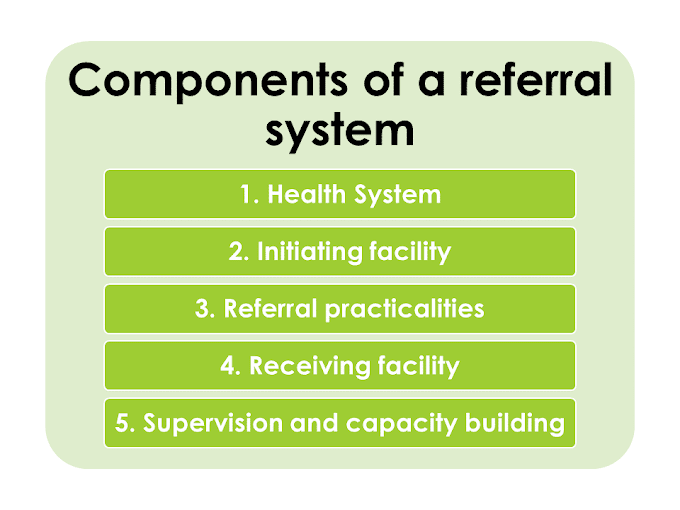What is Hemophilia?
Hemophilia refers to a group of bleeding disorders resulting from a deficiency of specific coagulation proteins. Hemophilia is usually an inherited bleeding disorder in which the blood does not clot properly. Hemophilia is transmitted as an X-linked recessive disorder.
Blood contains many proteins called clotting factors that can help to stop bleeding. Person with hemophilia have low levels of either clotting factor VII or clotting factor IX.
Causes
Hemophilia is caused by a mutation or change, in one of the genes, that provides instructions for making the clotting factor proteins need to form a blood clot. These genes are located on the X chromosomes.
Types
Hemophilia A
This hemophilia is also called Classic hemophilia. It results from the deficiency of clotting factor VIII. This is most commonly seen type of hemophilia, 75% of all cases.
Hemophilia B
This hemophilia is also called Christmas disease. This type is caused by deficiency of clotting factor IX.
Sign and Symptoms
- Abnormal bleeding response after trauma and after surgery.
- Bleeding in to the throat, mouth and thorax.
- Nose bleeding
- Hemarthrosis causing pain, tenderness, swelling & limited range of motion of joints.
- Multiple bruises without Petechia.
- Peripheral neuropathies from bleeding near peripheral nerves.
- Blood in the urine and in stool.
Diagnosis
People who have or have had family members with hemophilia will ask that their baby get tested soon after birth. To make a diagnosis, doctors would perform some blood tests. Child with hemophilia blood test shows prolonged partial thromboplastin time (PTT) and deficient clotting factor VIII or IX. Platelets function is normal.
Treatment
Hemophilia is treated by replacing the missing blood clotting factor so that the blood can clot properly. Close monitoring is performed the affected child and bleeding precautions necessary to follow. Nurse avoid to give IM injection to hemophilia child. Affected person avoid contact sports because it cause injury and bleeding.
For prevention of bleeding wear protective devices, helmets, knees & elbow pads, use soft tooth brush and stool softeners.
Nurse assess the child for neurological sign for bleeding. Measures the joint circumference and compare it with the unaffected joint to assess for bleeding into the joint, which may lead to hypovolemia.
Control the joint bleeding by immobilization, elevation and application of Ice, apply pressure for 15 minutes for superficial bleeding. Monitor the affected child urine for hematuria.





1 Comments
The information provided is really great and would love to share it with others.
ReplyDeletemust also visit
Hemophilia